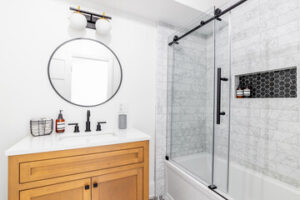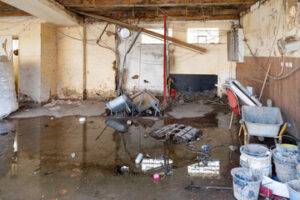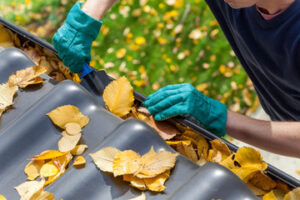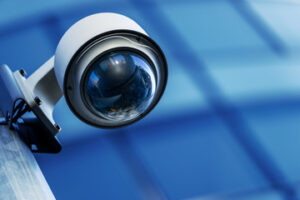A well-maintained roof can significantly boost the curb appeal of a home or commercial building. It can also increase resale value.
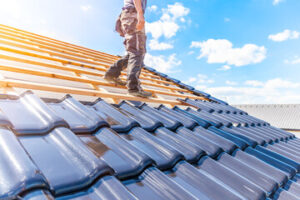
Roofing Company Helena MT knows the specific building codes of their area. Moreover, they can provide strong warranties that cover both the product and workmanship.
Beware of contractors that call themselves roofing companies but do not actually offer any roofing services. These are often referred to as storm chasers.
A roofing company specializes in the installation, repair and replacement of roofs. Licensed professionals are trained to inspect, assess and diagnose problems and offer recommendations for solutions. They also communicate with customers to address their questions, concerns and needs. Roofing contractors must also have good customer service skills to maintain positive relationships with their clients. Depending on the type of business structure, roofing companies may need to obtain a contracting license or a local business permit.
To increase profitability, a roofing company should work with a knowledgeable accountant and create a business plan before making any investment in equipment or supplies. This plan should include a detailed breakdown of all costs associated with running the business, including labor wages and overhead expenses. It should also identify any potential opportunities for expansion and growth.
Roofing companies may also join group buying organizations to reduce their procurement costs. These groups negotiate with distributors and manufacturers to secure better deals on materials than a roofing business could achieve alone. Having access to better prices can help a roofing company stay competitive and win more jobs.
In storm-prone areas, a roofing company should consider ways to mitigate wind damage to roofs, such as by installing wind-resistant shingles or using stronger roofing materials. Likewise, they should educate homeowners on the importance of regularly inspecting their roofs for damage and make repairs as needed. In addition, a roofing company should carry general liability insurance, workers’ compensation insurance and vehicle insurance for their employees. These policies protect the business against damages to property, bodily injury and lawsuits.
Experience
A roofing company’s experience gives it a level of craftsmanship that can only be gained through time in the business. A seasoned professional takes care of the little details that make a huge difference in a roof’s durability and weather resistance. They understand that a shingle is only as durable as the support it is placed over, and they take into account everything that influences the overall structure of a home when they are reroofing it.
Contractors with extensive experience know how to handle unexpected challenges that arise during a job, such as hidden leaks or weakened joists. They are also adept at finding a solution that doesn’t compromise the integrity of the roof. This expertise is especially important when dealing with older homes or those that have been modified over the years.
Besides their specialized skills, experienced contractors are often more familiar with the products and processes required for each type of roofing project. They may have a standing relationship with manufacturers that allows them to offer substantial warranties. They also keep abreast of changing building codes and requirements that can influence the installation or materials used on a roof.
When choosing a roofing company, homeowners should consider whether they want to work with a local business. A local company is more likely to be able to answer questions about the history of the business and its employees, and will be able to give referrals from other satisfied customers. They are also more likely to be available for emergency repairs and have a better understanding of the unique climate conditions in their area.
Starting a roofing company requires more than just hiring employees and setting up an office space. There are a number of administrative tasks that must be addressed, such as managing inventory and accounting. Choosing supplies and equipment, deciding how much to charge for each service, and establishing a marketing strategy are all vitally important. A roofing company should also obtain the appropriate insurance, such as general liability and workers’ compensation.
Depending on the state, licensing and registration requirements for roofing companies vary. Some states require a contracting license, while others require a business permit. A roofing company should also register with any municipal government bodies that might have a say in the construction of a roof, such as zoning or planning.
Reputation
A good reputation for a roofing company comes from word of mouth, referrals and marketing strategies that attract local homeowners who need a roof. It also comes from having a strong presence in review sites, where customers can leave feedback and learn more about your business. This can include a profile listing, photos and videos, as well as testimonials. Ideally, your reviews should be five-star ratings. If you receive a one-star rating, you should try to find out why it happened so that you can correct the problem and prevent it from happening again.
A reputable roofing contractor will also have insurance that protects their business and the home owners they work with. This includes general liability, workers’ compensation and professional liability insurance, as well as coverage for their vehicles and equipment. A roofing company should be able to provide you with copies of these documents upon request.
Creating a great reputation for a roofing company takes time and effort. You may need to invest in some marketing tools such as door knocking and canvassing, as well as a website and social media accounts. You may also consider setting up a merchant account so that homeowners can pay for your services using their credit or debit cards.
The reputation of a roofing company depends on the type of work they do, how they treat their clients and the quality of their products and services. A reputable roofing company will focus on high-quality materials that are able to stand up to New York City’s weather and are easy to maintain. They will also communicate with their customers throughout the process and answer questions in a timely manner.
Warranty
Many contractors will promote the warranty that comes with their work, but it is important to understand the type of warranty being offered and if there are any restrictions on the coverage. Typically, roofing companies will offer roof material warranties, workmanship warranties, and extended manufacturer warranties for additional peace of mind.
Typical roofing material warranties will cover the cost of replacement for any defective or damaged products that were installed by the contractor. This usually covers the cost of replacing shingles, underlayment materials, and any other roofing components that were installed on your roof. However, it is important to note that these warranties are not designed to protect against acts of nature and will generally exclude damages caused by severe storms, fire, lightning, extreme heat, high winds, earthquakes, or vandalism.
Additionally, most standard manufacturer warranties will only cover the cost of replacing the shingle product. This does not include any labor costs and is only effective if the contractor followed all manufacturer stipulations for installation.
In addition to the manufacturer warranty, a roofing company may also offer a labor warranty that will guarantee their work for a specific period of time. This is often referred to as a workmanship warranty and will cover any damage that was caused during the installation process. However, this type of warranty will also have stipulations that must be followed for it to remain valid.
A roofer’s workmanship warranty will cover any defects or failures in the roofing system that were caused by errors or mistakes during installation. This type of warranty will typically only last for a short period of time and will not cover any damage or failures that were caused by acts of nature or other events outside the control of the roofer. Additionally, most warranties of this type will require that the homeowner perform routine maintenance to keep them in good condition. This includes regular inspections and gutter cleaning. Failure to follow these requirements will void the warranty. Some manufacturers will even offer a limited lifetime warranty for homeowners who want added protection and peace of mind when installing a new roof. However, these types of warranties are not available from every roofing contractor and typically cost more than the typical manufacturer warranty.
